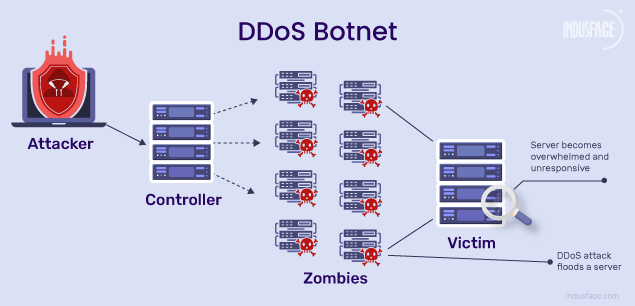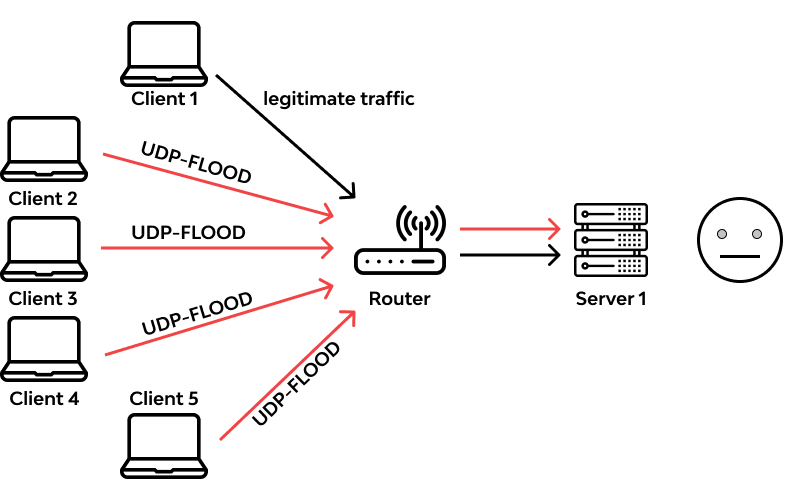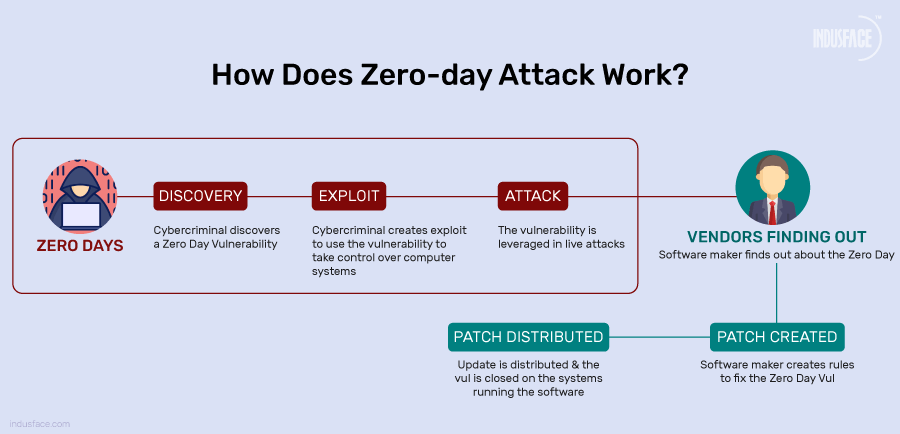Chapter 6: Edge Security and Privacy
6. Edge Security and Privacy
6.1 Overview of Security Challenges in Edge Computing
From previous chapters, Edge Computing has shown that it is here to stay and it will keep rapidly growing throughout the years. However, Edge Computing has its own security challenges that have to be addressed, because it is not a perfect system. Edge Computing has many security challenges that have to be dealt with in order to keep data safe.
DDoS
DDoS is a type of cyberattack in which an attacker aims to disrupt services provided by one or more servers based on distributed based on distributed resources such as a cluster of compromised Edge devices, which are also known as botnets. DDoS attacks occur when an attacker persistently sends streams of packets to a victim from compromised electronic devices, which causes the hardware resources of the victim to be quickly exhausted by handling these malicious packets and can no longer process any legitimate request on time. There are two kinds of DDoS attacks: Flooding-based and Zero-day DDoS attacks.
Flooding-based DDoS attacks are a type of of DDoS attacks aiming to shut down normal service of a server based on large amount of flooded malformed or malicious network packets and are mainly classified as UDP flooding, ICMP flooding, SYN flooding, ping of death (PoD), HTTP flooding, and Slowloris.
Zero-Day DDoS attacks are when an attacker must find an unknown vulnerability in a piece of code running on the target Edge server or device, which can cause memory corruption and finally result in a service shutdown. For example, newly built Edge servers could have code vulnerabilities, such as a hanging pointers or stack overflows, and an attacker can abuse those vulnerabilities in order to cause the Edge servers or devices to overload due to memory issues and shut down.


